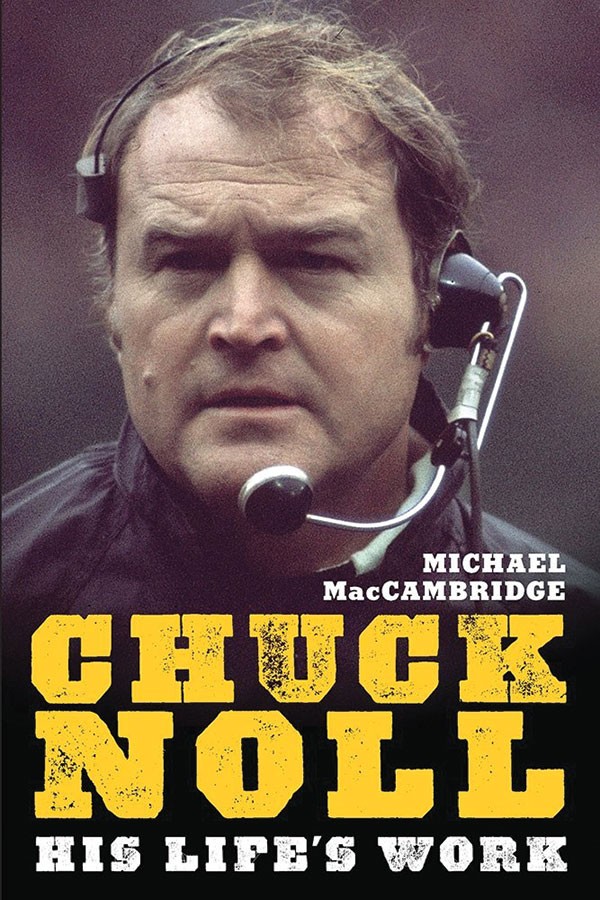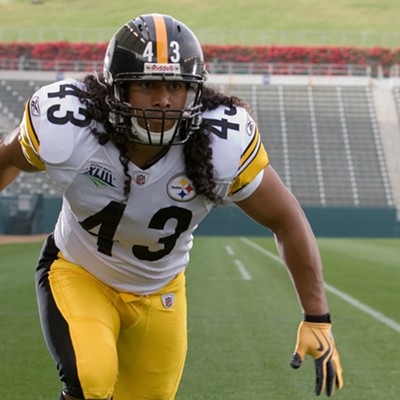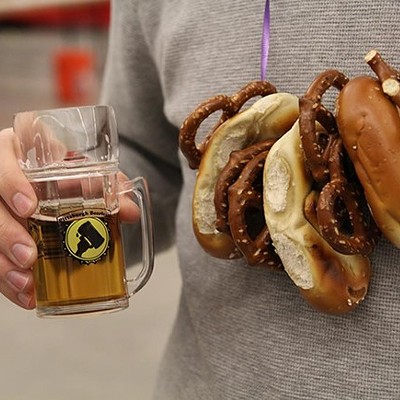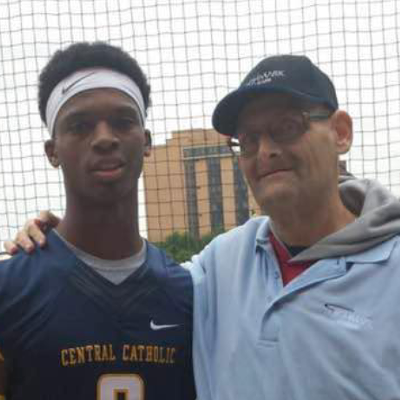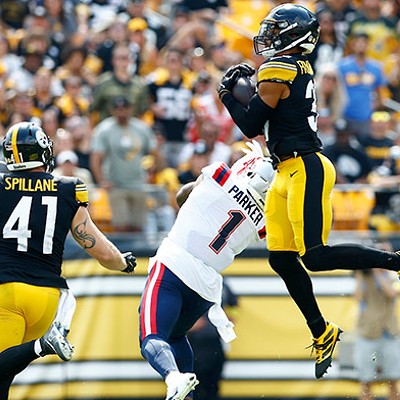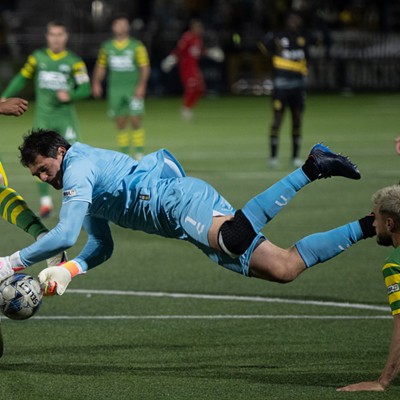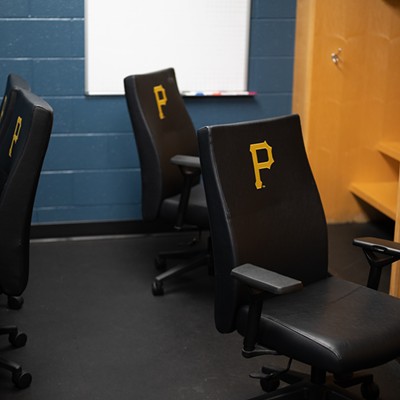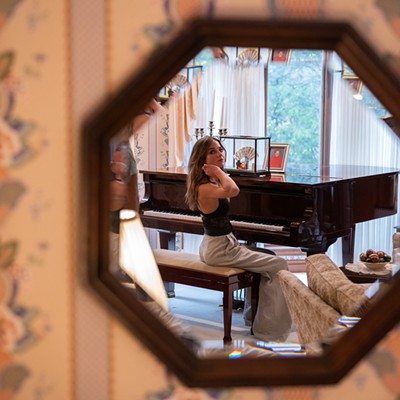Steelers fans with an eye toward football history will savor digging through Michael MacCambridge’s new biography, Chuck Noll: His Life’s Work. A relentless reporter and able writer, MacCambridge excavates the origin story of the man behind the Steel Curtain better than anyone to date. In Cleveland — where Noll grew up and played — the book is also a must-read. At least the first half. The rest might be too painful for Turnpike Rivalry faithful.
Noll gets the kind of biographer he deserves. MacCambridge’s 608-page America’s Game: The Epic Story of How Football Captured a Nation (2004) was a Washington Post distinguished nonfiction selection. And the narrative is straightforward, matching the Hall of Fame coach’s persona. Wisely, MacCambridge starts by painting the portrait of Noll’s humble roots in Depression-era East Cleveland because there’s no need to scramble the timeline. We’ve seen the clips of the Immaculate Reception 100 times and have heard tales of the four Super Bowl titles since grade school.
What MacCambridge does best is document not just the relationships that shaped Noll’s character — a father who struggled with crippling Parkinson’s disease while still a young man and a stoic mother, for example — but the compelling mix of ethnic Catholic and African-American families in his working-class boyhood neighborhood. (With the Steelers, Noll would regularly give athletes from small black colleges an opportunity, and was one of the first NFL coaches to start a black quarterback.) MacCambridge even chronicles Noll’s German-immigrant grandparents and connects the dots to Noll’s social, educational and sporting life built around Holy Trinity church in the ’40s. It’s particulars that make any story interesting, and that’s the case in MacCambridge’s authoritative recounting, which includes archived material and interviews with both Noll’s closest childhood pal and his older sister, Rita.
Still, even as MacCambridge reconstructs Noll’s life story and his playing and coaching arc — absorbing wisdom from legends Paul Brown, Sid Gillman and Don Shula — he never quite puts flesh on the man. For all the biographical information — the lifelong Catholic faith, the interest in nature photography, flying, sailing, wine — we don’t fully understand why Noll pursued those hobbies. Of course, he also kept his players — and seemingly everyone other than his wife, Marianne — at arm’s length. It’s ironic, and perhaps telling, that Noll was eventually faulted for keeping some veteran players for too long.
Inevitably, the book drifts toward hagiography. There’s no real examination of what Noll knew about his players’ widespread steroid use — other than the matter-of-fact acknowledgement that Noll hired a strength coach with a known steroid history. Also, Noll, who died in 2014, developed Alzheimer’s, and whether his dementia was football-related receives only brief discussion. Considering former center Mike Webster’s post-playing-career tragedy, it’s an issue — or should be — of profound interest to Steelers fans.
Ultimately, we do come to understand why Noll and his wife kept his dementia diagnosis under wraps, like they did so much of their lives. Given the embarrassment, even shame, of his father’s debilitating illness and his own epilepsy all those years ago, it’s easy to imagine the muted Noll funneling that repressed emotion into football. Yet you cannot help feeling for his players — young men fresh out of college who looked up to him — who tried to get to know him better as a human being. But that never happened, even after their playing careers were over. You also can’t help wondering whether, deep down, the Emperor, as Myron Cope nicknamed Noll, might not have been more enriched had he been able to reveal a little more of himself to those also wearing black and gold.

